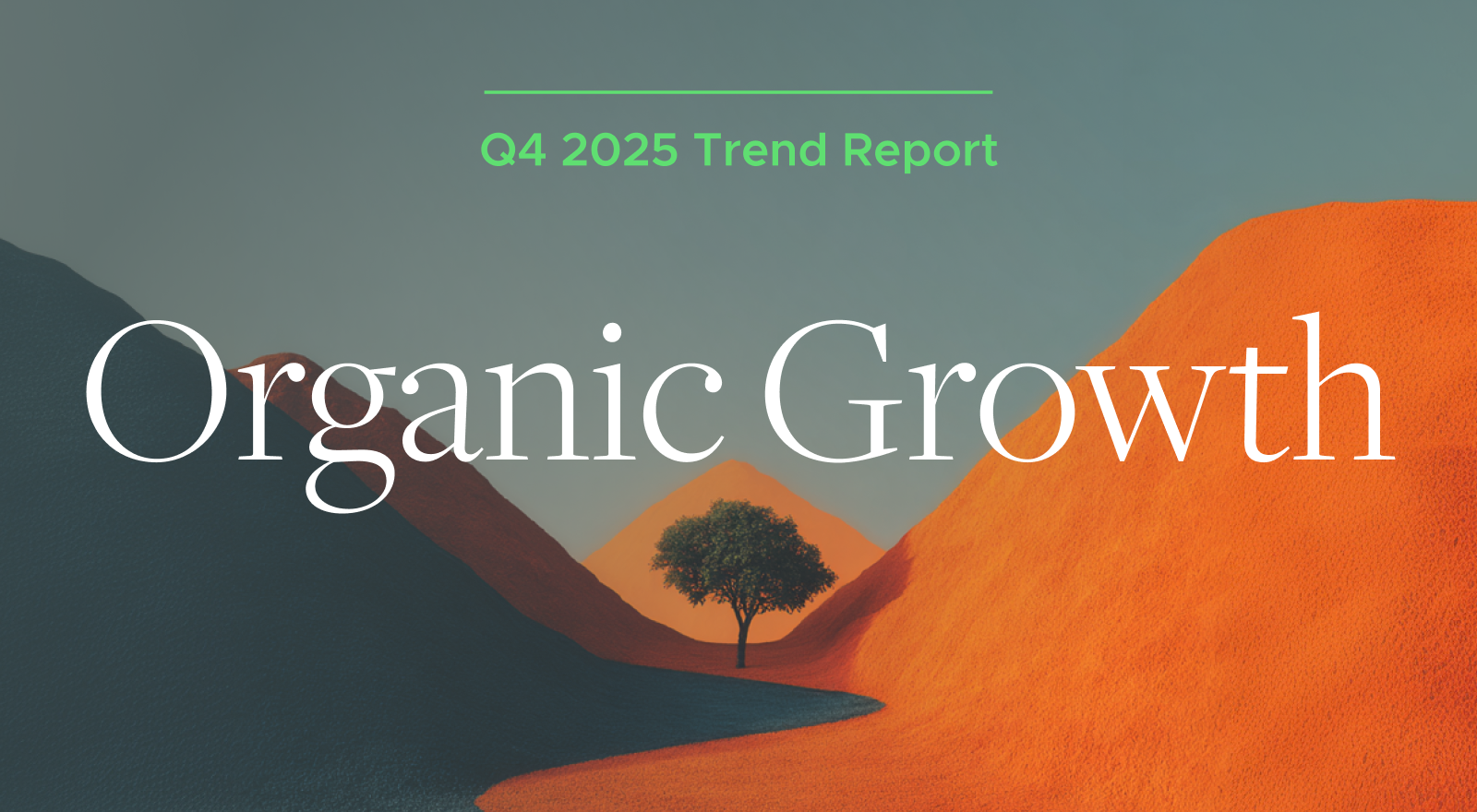
Wealth management firms that have invested in technology upgrades to bring a modern client experience to their businesses can gain a competitive edge. They have a better chance of meeting or exceeding the expectations of today’s investors.
But what if no one knows you have this wonderful digital client or advisor experience because your brand looks like it’s from 1990? Too many firms do a lot of work on the inside and forget to update the outside (or think an old, staid image reflects finance and trust). The result is confusion for your prospects and potential future employees. And, when your external image isn’t aligned with the changes you’ve made internally, you’re not getting the maximum value from your technology investment, part of which was to facilitate business growth.
If you’ve completed your technology journey, now is a good time to focus on how this experience aligns with the experience your brand promotes. And, if you’ve yet to start your technology journey, it’s a great idea to work these two concepts in parallel.
Branding 101
What defines a brand? I promise we won’t go too far into the deep end of marketing, but it’s important to understand what a brand is as it is considered a company’s most important asset. Officially, a brand is the way a consumer identifies a company. Most people think of a brand as a company’s logo or tagline. But really, those are marketing tools. A company’s brand is intangible. A strong brand articulates the firm’s core values, mission and impact, or in other words, its personality.
The Foundation of Client and Employee Relationships
Showcasing your firm’s personality has never been more important for attracting both end investors and advisor talent. As the external face of your firm, your brand fulfills a lot of roles and is the basis for your firm’s current and future relationships. A few ways it is used include:
- First Impressions—both clients and future employees live online. People gather information and form opinions about you before they come to you. They will no longer walk in the door and ask you what your values are; they will do their due diligence and research what you do, look at what you do, look at the content that you put out, and get a feeling from how you present yourself in the industry. They will either pursue you or write you off. It's hard to recover from a bad first impression. You may have the most incredible tech stack behind the scene, but if your front door looks dated and antiquated, people are going to assume that you're a dated and antiquated firm.
- Standing out—there is a strong tendency for many firms in the industry to try to be everything to everyone. Firms should be building a business that focuses on the thing they are really good at and what sets them apart from the competition, and the brand should show it.
- Building Trust—the wealth management business is all about trusted relationships, both with employees and with end investors. Your brand must be the first point in building that trust by articulating your missions and values. The brand experience flows into the client touchpoints, content, operational efficiency and your employee culture. If they are not in sync, you lose trust.
- Aligning Values—a brand needs to convey the company’s core values and its culture. Individuals are looking to work for companies where they feel like they are part of a mission they align with, more than just receiving a paycheck.
Conducting a Brand Assessment
Conveniently, the upfront work you need to do to assess your brand is the same as the upfront work you need to do to assess your technology needs. It’s about first asking the big questions: who are we as a firm? What are our core values? What impact do we want to have in this space? What change do we want to make? How are we different? You need to hone in on the answers to these before you go down either the technology or branding path to ensure the outcomes are correct.
From there, you’ll need to think about all of the marketing tactics you employ from your website and social media to your attendance at events. What is the first thing that comes to mind when you visualize them? What feelings do they create? What about your advisors’ or executives’ interactions with clients or the media? How is your office set up? Are they generating the feelings you want people to have when they connect with your firm?
Once you understand the impressions and emotions your brand delivers to others, does it match the experience they receive when they take that next step? If your brand conveys a modern, sophisticated experience, is that idea realized when a prospect clicks through to your website?
Going from Good to Great
Branding and marketing have incredible value for business growth, but are often seen as cost centers. Plus, with so many channels that support a brand, the work to build a strong brand is more complex than ever. The reality is; however, that the wealth management firms that are highly successful right now have invested in technology and married their brand to it. Like showing the value of a technology investment, implementing the right metrics will underscore the value of marketing and branding and help you come out as a better firm overall.
Contact us and we’ll conduct thorough evaluation of the alignment between your technology and your brand and provide recommendations for next steps.





